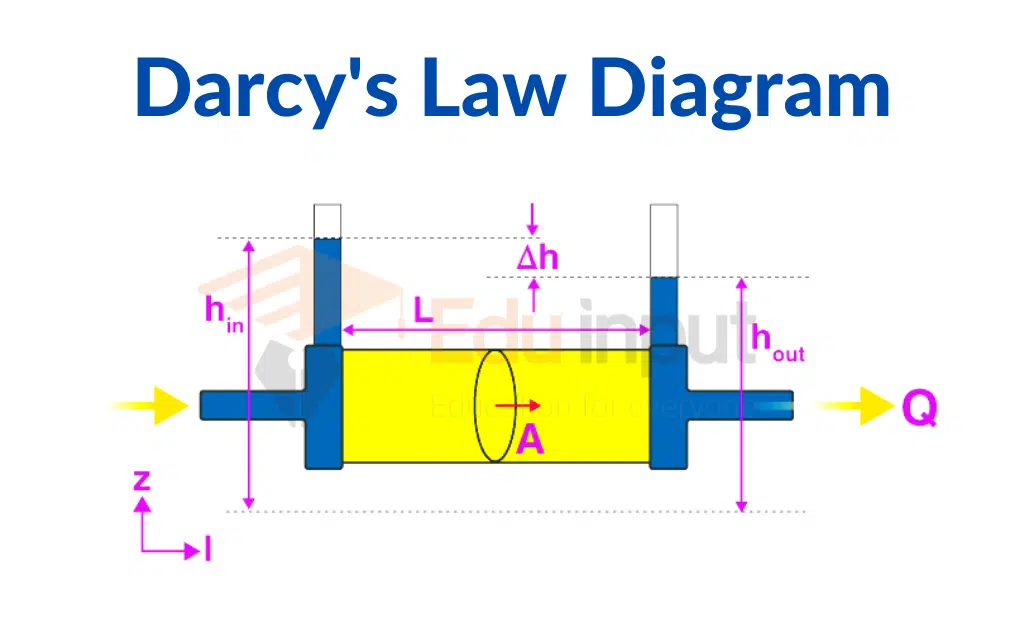What is Laminar Flow? | Relationship with the Reynolds number
Laminar flow is the movement of fluids through pipes and channels. It is characterized by smooth, even surfaces and minimal turbulence. In laminar flow, the velocity gradient is constant across the pipe cross-section.
What is laminar flow?
When a fluid is flowing through a closed channel such as a pipe or between two flat plates, either of two types of flow can occur, depending on the velocity and viscosity of the fluid. Laminar flow or turbulent flow. The fluid is characterized by particles following smooth paths in layers, with each layer moving smoothly past the adjacent layers with little or no mixing.
The motion of the particles of the fluid is very orderly, with the particles close to a solid surface moving in straight lines parallel to that surface.
Relationship with the Reynolds number
The heat and mass transfer in fluid systems are affected by the type of flow occurring in a fluid in a channel. The Reynolds number is an important factor in the equations that describe whether fully developed flow conditions lead to laminar or turbulent flow.
The Reynolds number is the ratio of the shear force of the fluid to the inertial force of the fluid, regardless of the size of the fluid system. When the fluid is moving slowly or very slowly, it is called a laminar flow.
As the Reynolds number increases, such as by increasing the flow rate of the fluid, the flow will transition from laminar to turbulent flow at a specific range of Reynolds numbers, the laminar-turbulent transition range depending on small disturbance levels in the fluid or If the Reynolds number is very small, less than 1, then the fluid will exhibit creeping flow, where the forces of the fluid dominate the forces of the observer.
Laminar Flow Example
A smooth flow of a liquid through a tube or pipe is a common application of laminar flow. In that case, the flow rate varies from zero at the walls to a maximum along the cross-sectional center of the vessel. One example is the flow of air over an aircraft wing, which can be calculated by dividing the flow into thin cylindrical elements and applying force to them.
All of the aircraft’s surfaces are covered with a thin sheet of air that is the boundary layer. The layer of air that sticks to the wing is due to the air’s Viscosity. As the wing moves forward through the air, the boundary layer first flows smoothly over the streamlined shape of the airfoil The boundary layer is called a laminar layer because it is smooth and transparent. It is possible for optical transparency to be reduced or lost entirely.
.







Leave a Reply